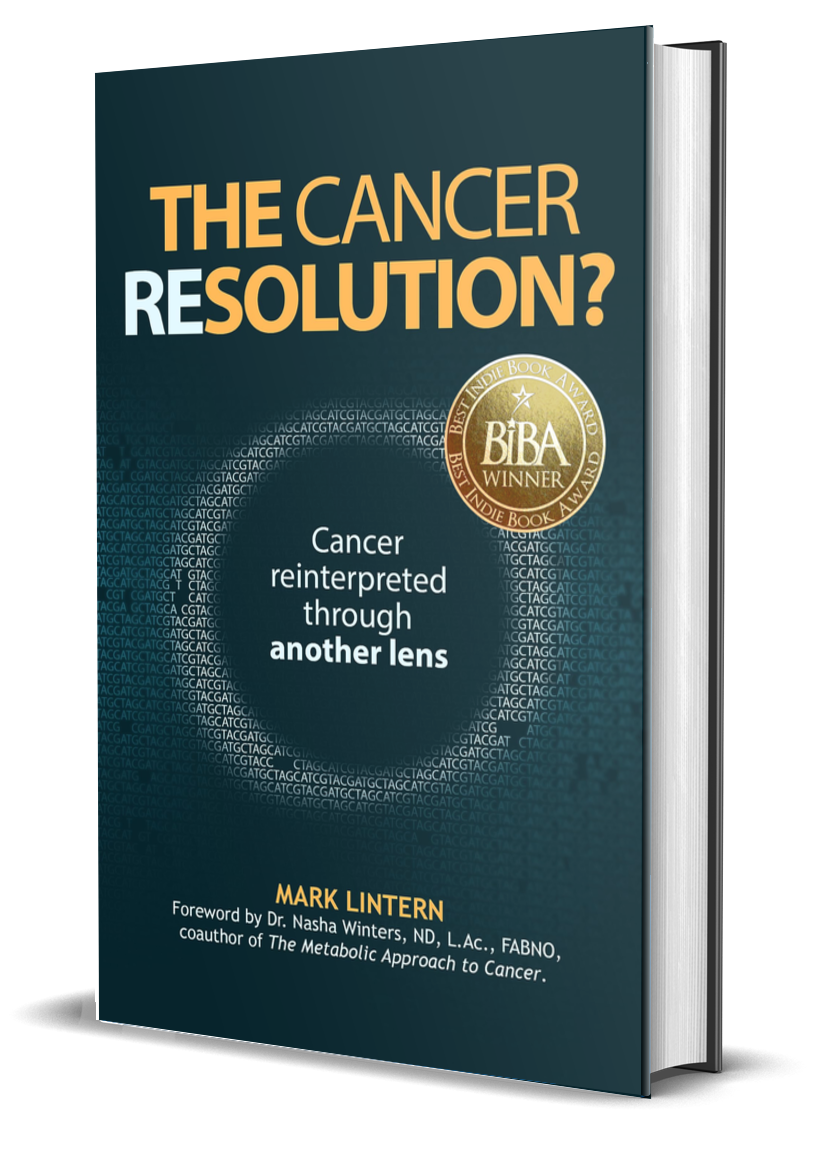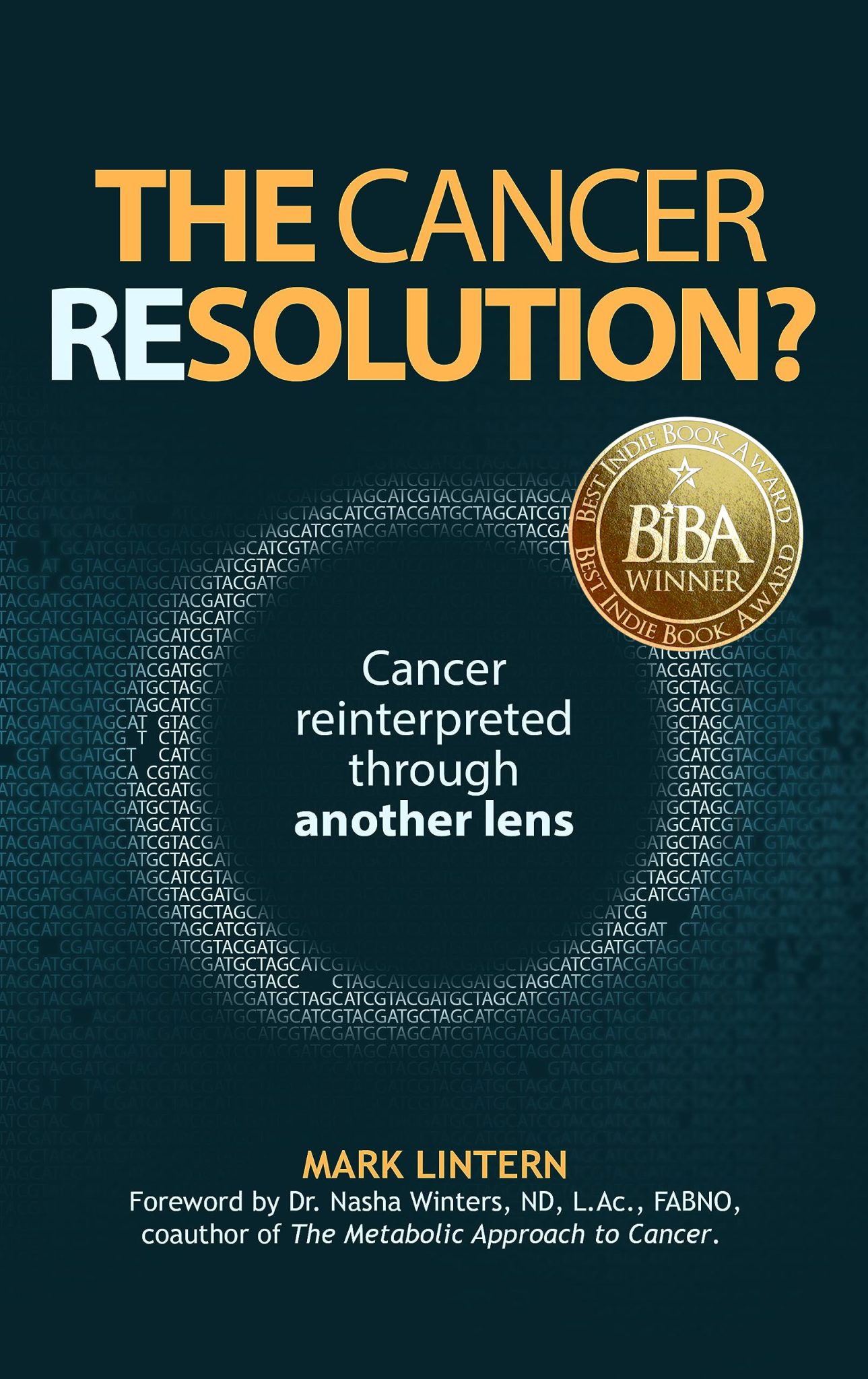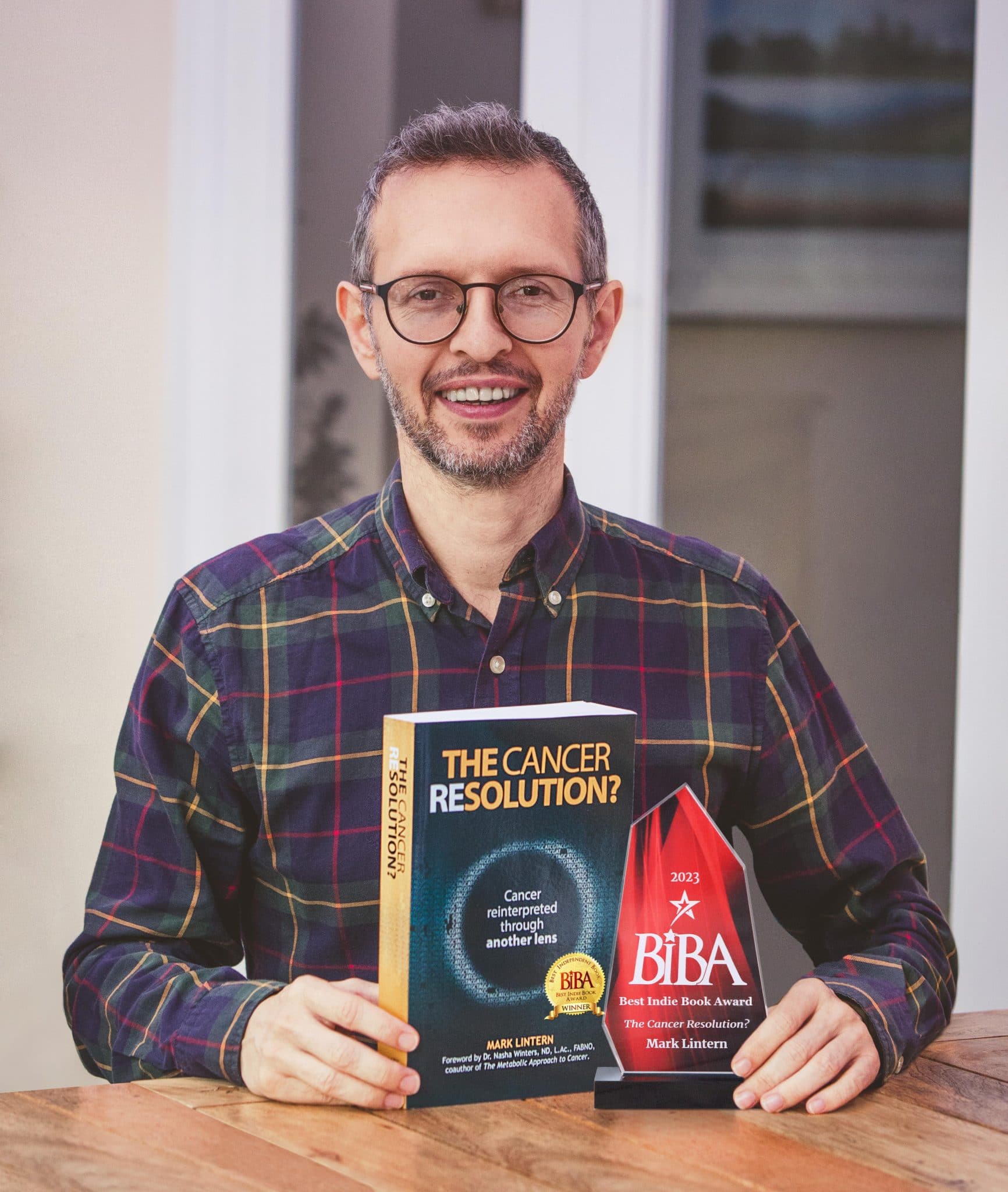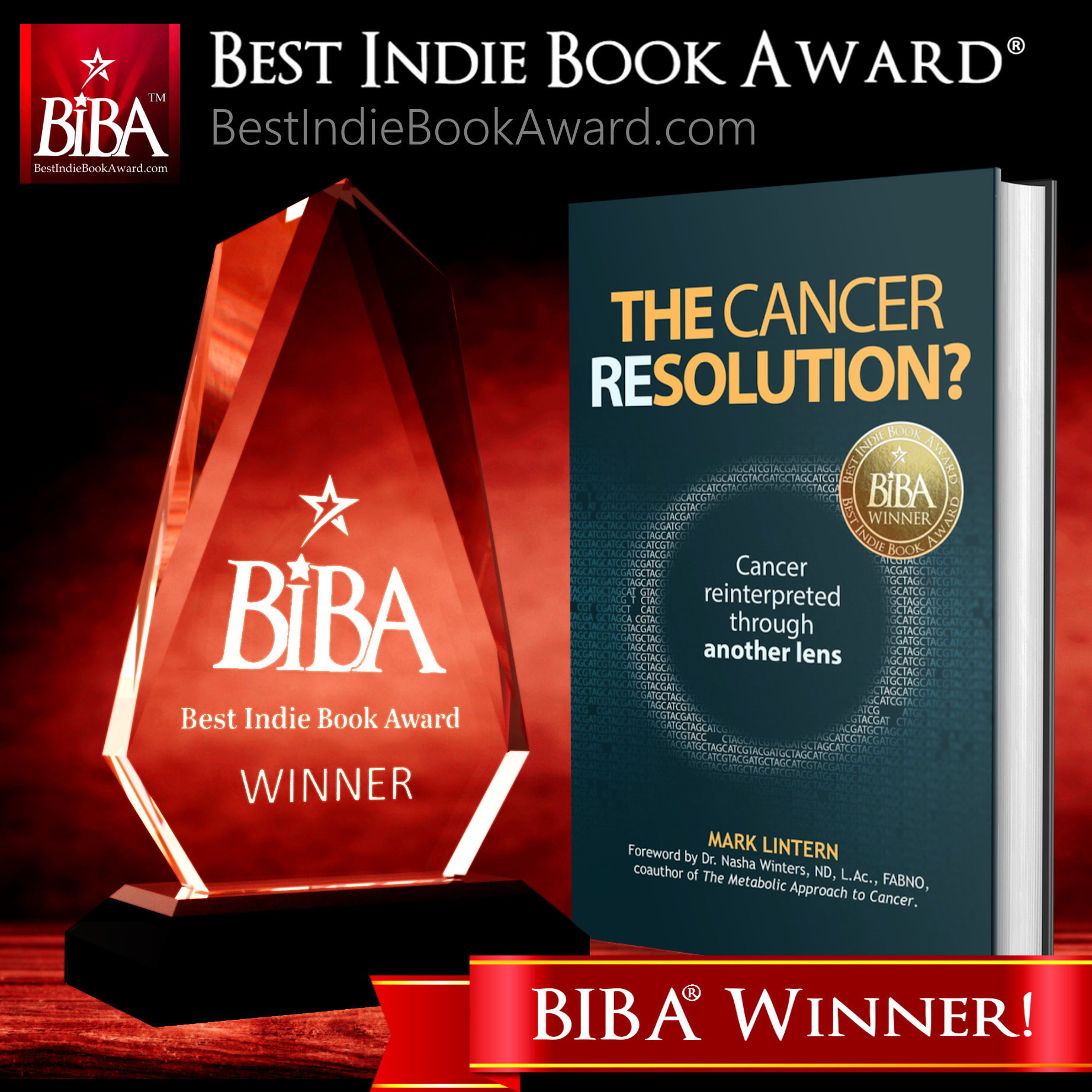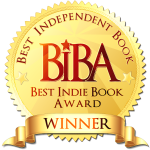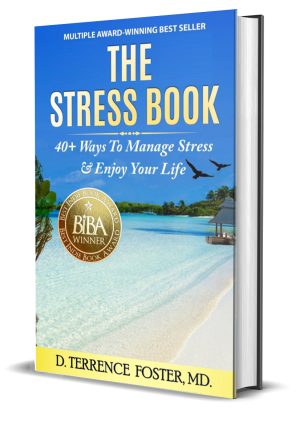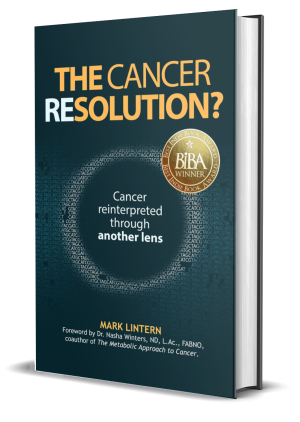Description
🏆 2023 BIBA® Non-Fiction: Cancer Winner!
“THE CANCER RESOLUTION?” is a groundbreaking book that offers renewed hope to patients and their healthcare providers. In a bold departure from the traditional view, and after 8 years of painstaking research, Mark introduces the revolutionary ‘Cell Suppression Theory’, a paradigm-shifting interpretation of cancer that not only sheds new light on the underlying cause(s) of the disease, but justifies a new treatment approach that has the potential to greatly improve patient survival.
Drawing from an extensive array of over 800 references, Mark’s pioneering work is meticulously tailored to resonate with a diverse audience. One of the book’s standout features is its ability to make complex concepts accessible to everyone, bringing the latest science on cancer into the public domain. Within its pages Mark delicately crafts a compelling narrative that uncovers the fascinating connection between micro-organisms and the onset of cancer, helping us understand how these overlooked factors play a pivotal role in not only instigating the disease, but also driving it.
This new perspective is important to acknowledge because current cancer treatments are designed from the concepts put forward by the many cancer theories that exist – the problem, is that all mainstream cancer theories remain unproven, indicating that the cause of cancer remains to be determined – it is only by identifying cancer’s origin can we successfully treat it. Mark’s new theory stands apart, in that it is the first cancer theory to explain all key hallmarks of the disease, indicating that within this book, the underlying cause of cancer may have been identified, thus enabling cancer patients to make more informed treatment decisions with the potenial to improve survival outcomes.
When viewed through the lens of the Cell Suppression Theory, not only does a potential solution present itself, but for the first time, cancer starts to make sense.

